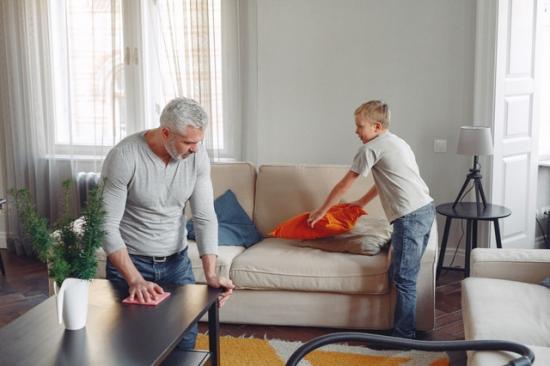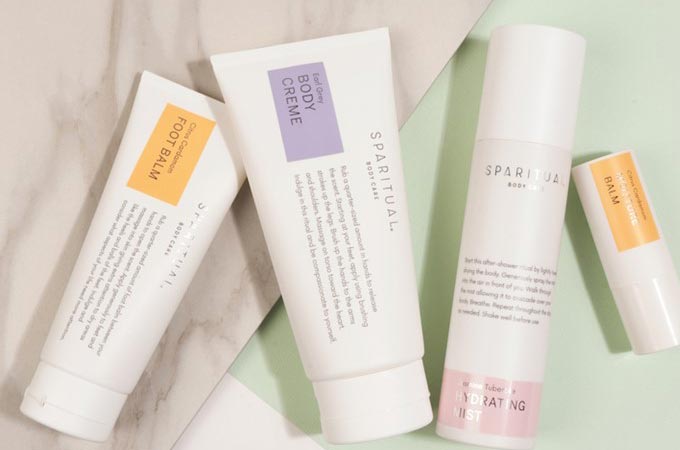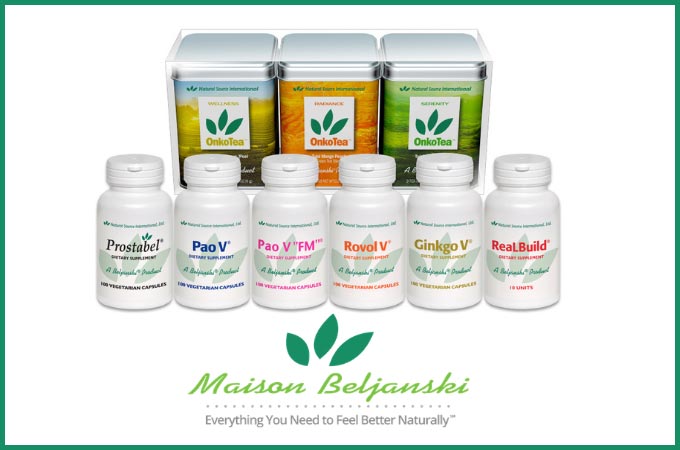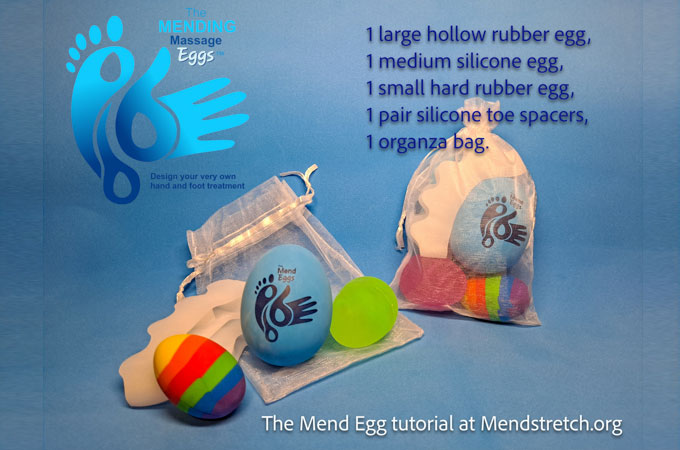How to Clean Common Surfaces During the COVID-19 Outbreak
- A recent study reports that COVID-19 can live on surfaces such as cardboard for up to 24 hours and plastic and stainless steel for up to 3 days. However, a microbiologist says this doesn’t call for panic.
- Bathrooms and kitchens are areas that harbor germs in the home.
- Concentrated vinegar is effective at cleaning surfaces.
As experts encourage thorough handwashing and hygiene practices to protect yourself and others from the coronavirus, if you’re able to take shelter at home during the outbreak, you may be wondering what you can do to keep your home clear of the virus.
Concern may be on your mind especially since news began circulating about a recent study published in the medRxiv depository.
The study found that COVID-19 can remain in the air for up to 3 hours, and live on surfaces such as cardboard for up to 24 hours and plastic and stainless steel for up to 3 days.
However, Jason Tetro, microbiologist and host of “Super Awesome Science Show,” points out that the research is based on a lab test paper.
“The testing is not indicative of what happens in the real world. I don’t see any need to clean/disinfect surfaces more regularly as a result. And no one should be afraid of the air like they should be with measles, which is airborne,” Tetro told Healthline.
While he doesn’t think people need to go overboard with cleaning for the sake of the virus, he says proper cleaning can clear away a variety of germs.
“The coronavirus is just one of the pathogens that could infect you, and others are far more common than this one,” said Tetro.
Areas to clean in your home
Tetro says at home, bathrooms and kitchens are always areas that harbor germs.
Becky Rapinchuk, who started the blog Clean Mama and product line by the same name, agrees. When it comes to bathrooms and kitchens, she says focus on the cupboard and drawer knobs, pulls, and fronts. In kitchens, she says also clean the handles and fronts of appliances, such as refrigerator, dishwasher, oven, and toaster oven.
Other areas of the house both experts say should get a good cleaning include those often touched such as:
- remote controls
- game controllers
- keyboards and computer mice
- cell phones and landlines
- light switches and switch plates
- door knobs and doors
- staircase railings
Rapinchuk cleans areas in groups, and from top to bottom, left to right.
“I find the most efficient way to clean those pesky most-touched areas is to batch them together… I do all of the light switches and switch plates, then move on to clean all the door knobs, all the kitchen handles, etc. This keeps me on task, [so] I don’t miss anything. If a certain cleaner or cloth works better for an area, I can use that for the whole house, and if I can’t get through [everything on my list] in one go, I can come back to the list,” Rapinchuk told Healthline.
For surfaces that have things on them, such as the kitchen table or desks, she says remove all items first and wipe surfaces clean with a wipe or a spray.
If you’re still going into work, Tetro says elevator buttons and cutlery/utensils are other areas of concern.

























